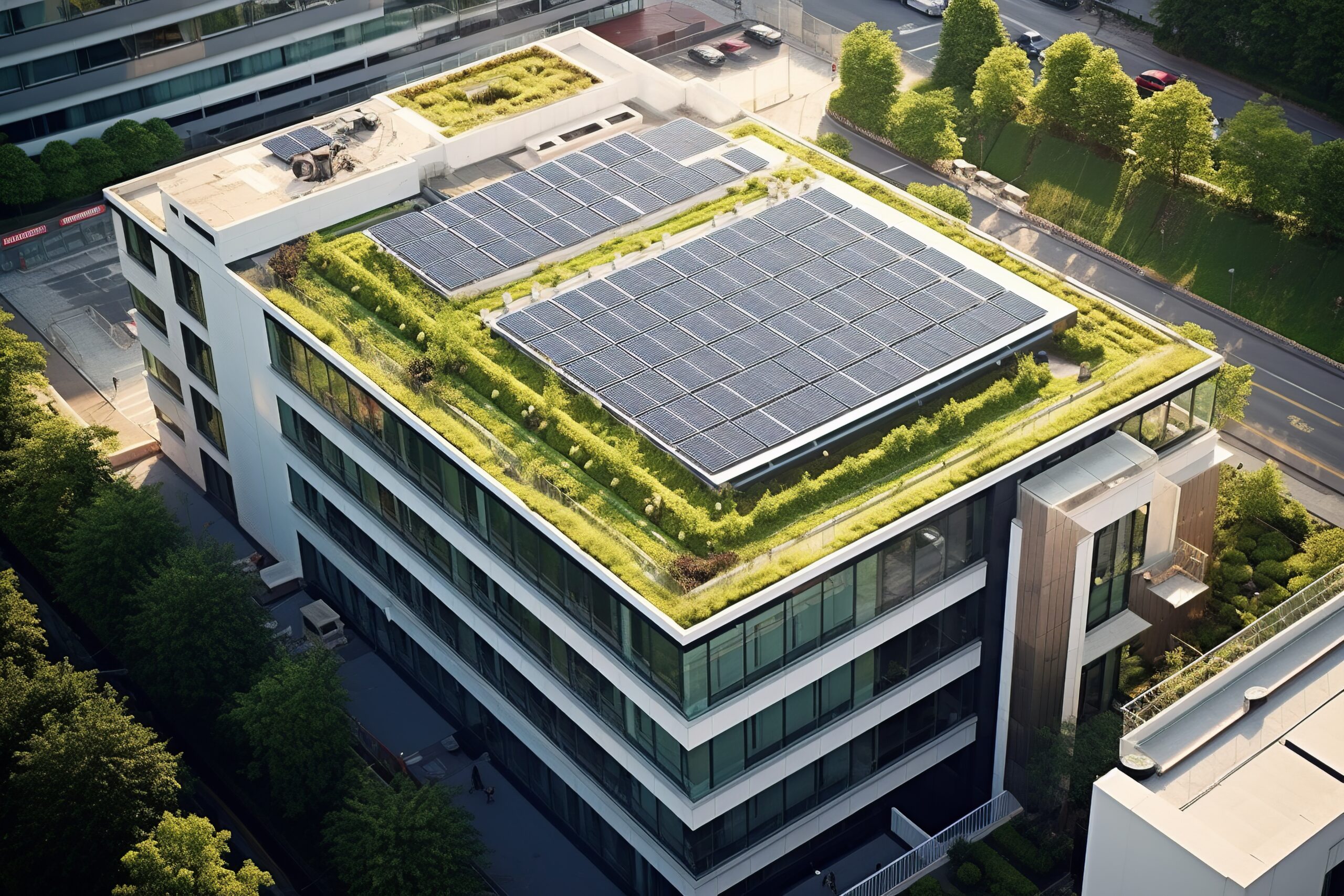
COP21 at a glance – Three key elements of the agreement
On December 12th, after two weeks of protracted negotiations following the launch of COP21, a final document was adopted by all of the 196 parties. What COP21 President Laurent Fabius called a “differentiated, fair, sustainable, dynamic, balanced and legally binding” agreement seems to overshadow the failed 2009 Copenhagen conference. Here is an overview of its key elements.
More ambitious than expected
Countries most vulnerable to increasing temperatures made their voices heard: Article 2 states that the aim of the agreement is “to pursue efforts to limit the temperature increase to 1.5 °C above pre-industrial levels” by 2100, a target deemed more adequate than the previously stated objective of 2°C. Island states, faced with the impending threat of rising sea levels, have been vocal in pushing for this bolder goal.
Reassessment of investment promises by northern countries
In 2009, northern countries had promised to devote 100 billion dollars by 2020 to helping southern countries cope with climate change. This amount was deemed insufficient, which is why the 2015 agreement provides that it will be scaled up before 2025 and used as a minimum basis for future negotiations.
The draft agreement provides that the aimed 100 billion dollars per year by 2020 will serve as a minimum basis for post-2020 negotiations.
Five-year review system
State contributions to date are not sufficient to reach the 2°C target, let alone the 1.5°C goal stated in the final agreement. It the agreement does enter into force in 2020, contributions will be reviewed every five years from 2025 onwards.
The draft agreement provides for collective five-year progress reports.
However, NGOs, in particular, question the effectiveness of this agreement, given the lack of enforcement mechanisms. The agreement provides that “each Party shall prepare, communicate and maintain successive nationally determined contributions that it intends to achieve”. This universally adopted transparency requirement is indeed a major breakthrough, although the most difficult tasks still lie ahead.

